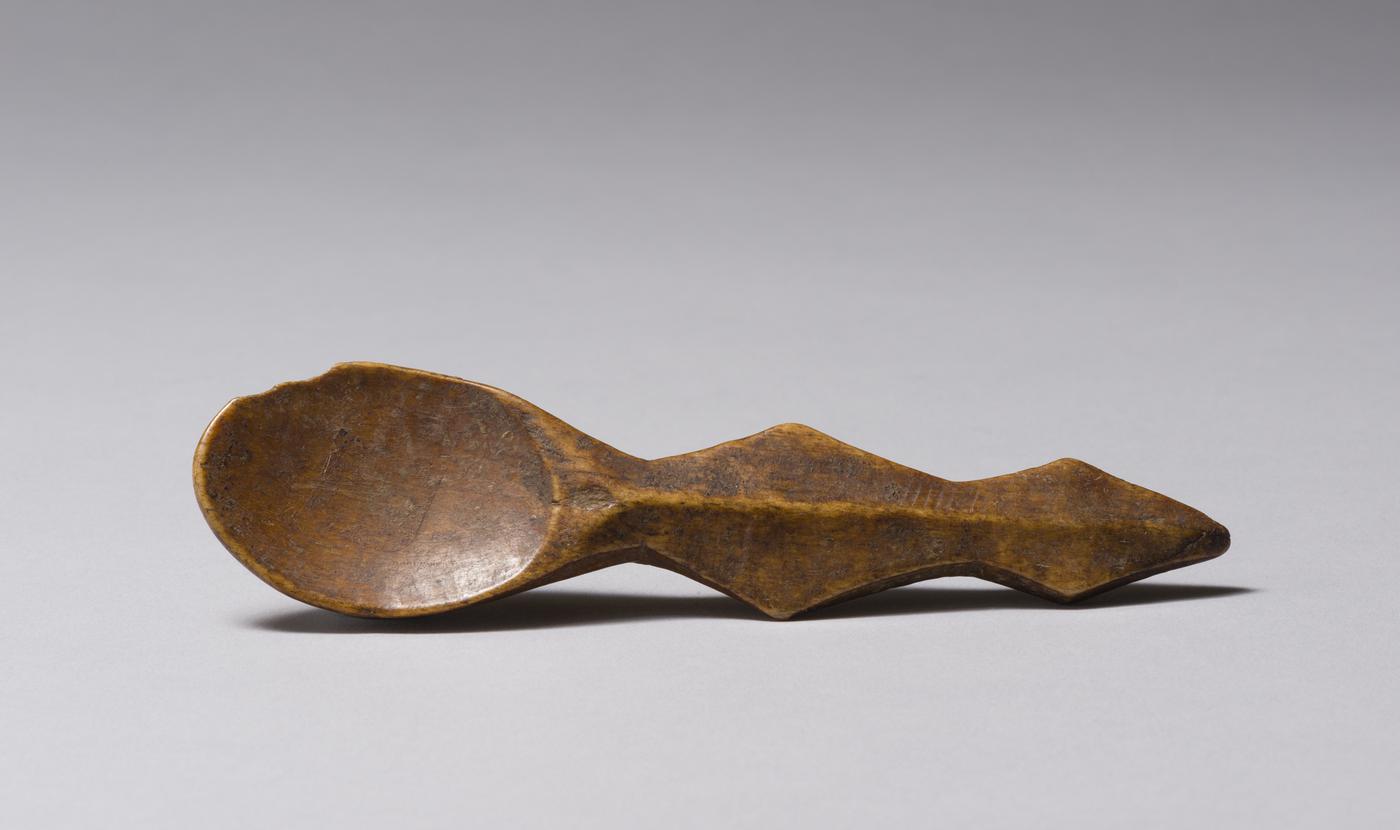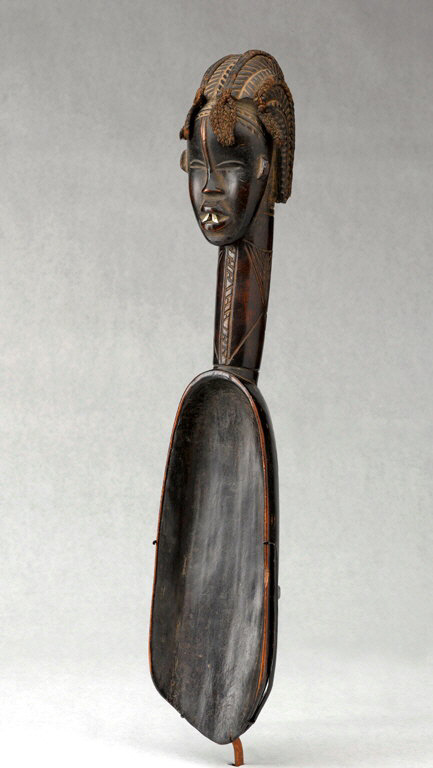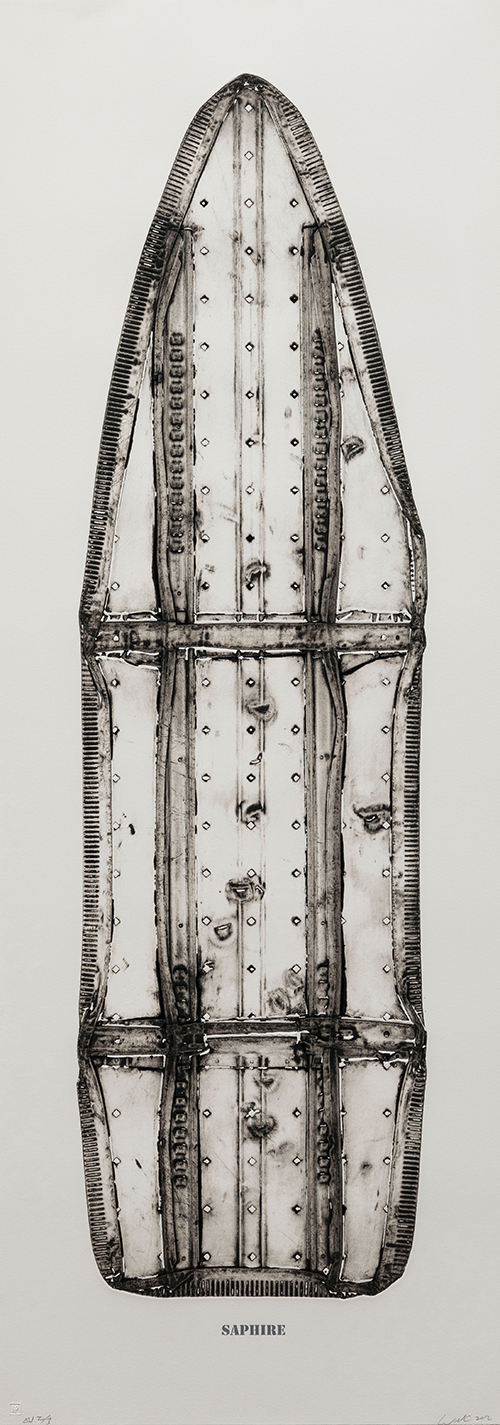
There are many attributes we find valuable when assessing an object, which can be appreciated for its aesthetic, monetary, or functional value—to name a few. These values determine the ways in which we treat, interpret, and preserve the object. Through processes of evaluation, we tend to elevate some attributes over others based on personal taste and biases as well as the type of object we are considering. The attributes we use to assess the value of a painting in a museum will be different than that of a shirt we see in a clothing store, for example. Assigning value is therefore both subjective and conditional.

It is through this dynamic process that we negotiate between the many different attributes that can make an object valuable. But this selection process is not always a pick-and-choose, where each attribute is its own entity that can be activated or ignored. There are times when certain attributes contribute and even magnify others.
Consider two utensils—a Dan feast ladle and a Lega ceremonial spoon. Both utensils have been valued as important works of art by African art historians for their aesthetics, symbolism, and uses in cultural performances. Dan ladles (wakemia or wunkirmian) are badges of prestige that are given to local women for their sincere generosity and hospitality. The ladle is both a status symbol for the recipient as well as a tool for divination because it acts as a conduit to spiritual realms. The woman’s head at the end of the handle is an example of skilled craftsmanship and a representation of beauty.
Similarly, a Lega spoon (kalukili) is thought to be an emblem of the Bwami society—an initiation society that teaches spiritual and esoteric knowledge. This spoon would have been used during ritual performances to symbolically feed masked dancers. Aesthetically, kalukili spoons are either highly geometric or anthropomorphic. This spoon is one example of a simple form that visually plays between the roundness of the bowl and the angularity of the handle.
The cultural values attributed to these two utensils, as a sign of status and a tool in performance, rely on the actual use-value of these objects—their “spoon-ness.” Though neither object is meant to actually hold and transport food, the fact that they both could do so activates their symbolic and performative potential. With the kalukili, the spoon must work like a spoon to assist in the spectacle of eating. With the wakemia, the woman of honor is the host of a great feast and her status is connected to domestic labor. The spoon must look like a spoon because a spoon is used to cook. The functional value of these two objects is imperative, if only to validate other types of value.
Within the discipline of African art history, objects have conventionally been evaluated for their cultural significance and conceptual meaning rather than their “thingness,” which frequently gets overlooked. While these interpretations are enriching and illuminate new ways of understanding objects, they often derive from a negotiation and summation of different values. African objects are dynamic and multi-faceted and should be valued as such. The next time you are engaging with an African object, imagine alternative systems of valuing and consider different attributes—you might be surprised at the insights you glean!
Project Description
This blog post is part of a series in which I interpret African utilitarian objects as products of design. Addressing core principles of design, this project investigates how our understanding of African objects and material culture fits within networks of exchange between people and things. A focus on design encourages us to consider how aesthetic and functional values are imposed on and enacted within local cultures, intersecting the disciplines of fine art and craft. This project is in collaboration with the NCMA and the Ackland Art Museum.


